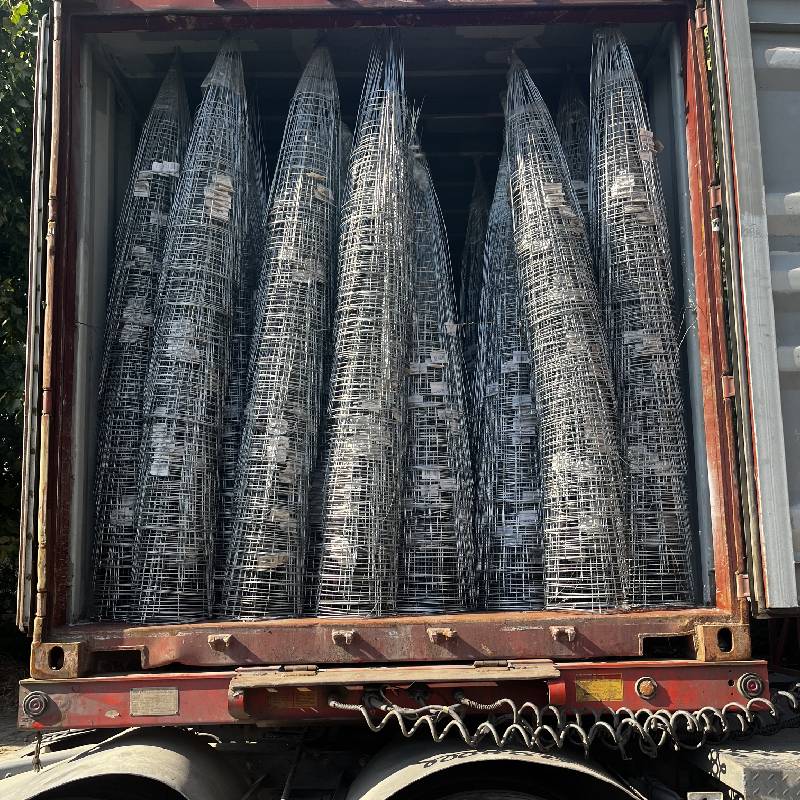
- Mobile Phone
- +8613931874955
- sales@cntcmetal.com
Understanding the Importance of Masonry Ties in Construction Stability and Safety
Understanding Masonry Ties An Essential Component in Construction
Masonry ties, often referred to simply as ties, are fundamental components in the construction and engineering of masonry structures. Their primary purpose is to stabilize and secure different masonry elements, such as brick, stone, or block walls, to ensure structural integrity and safety. In this article, we will explore the importance, types, and installation methods of masonry ties.
At the heart of masonry construction lies the need for a well-integrated system that can withstand various forces, including wind, seismic activity, and the weight of the materials themselves. Masonry ties serve as the connecting framework that holds together different components of a masonry wall, creating a cohesive unit that enhances durability.
There are several types of masonry ties, each designed for specific applications. The most common types include wall ties, cavity wall ties, and expansion ties. Wall ties are used to connect two wythes (layers) of masonry, while cavity wall ties are specifically designed for cavity walls, which consist of two separate wall sections with a space in between. Expansion ties, on the other hand, accommodate movement due to thermal expansion and contraction, making them crucial for ensuring the longevity of the structure.
masonry tie

One of the key factors in masonry tie installation is adherence to building codes and standards
. The specifications for spacing, material selection, and installation techniques can vary based on the type of structure and the local regulations. Proper installation is crucial as it directly influences the structural performance and safety of the building. Failure to follow guidelines can lead to issues such as wall bowing, cracking, and potential structural failure.In addition to their primary role in structural stability, masonry ties also contribute to the overall aesthetics of a building. By ensuring that masonry elements are well-aligned and integrated, they help maintain the visual appeal of the structure. This is especially important in historical or high-profile buildings where design symmetry is essential.
The materials used for masonry ties can vary widely, ranging from stainless steel and galvanized steel to plastic and composite materials. Selecting the appropriate material is critical, as it must withstand environmental factors, including moisture and corrosion, while maintaining its strength over time. For instance, stainless steel ties are often preferred in coastal areas due to their resistance to salt and humidity.
In conclusion, masonry ties are indispensable in modern construction, ensuring the stability and safety of masonry structures. Engineers and builders must pay careful attention to the selection, installation, and maintenance of these components to guarantee a robust and enduring building. As the industry evolves, the innovation in masonry tie technology continues to enhance their performance, making them a vital area of focus for architects and engineers alike. As we strive for safer and more resilient structures, understanding and applying the principles of masonry ties will remain crucial in the field of construction.
share:
-
Yard Sign Stakes: Reliable Guardians of Outdoor SignsNewsAug.04,2025
-
Wall Ties: Invisible Guardians of Building StabilityNewsAug.04,2025
-
Resilient Web: The Super Guardian Power of Concrete MeshNewsAug.04,2025
-
Masonry Accessories: A versatile assistant on building foundationsNewsAug.04,2025
-
Iron Binding Wire: the 'invisible reinforcement specialist' in the fields of architecture and industryNewsAug.04,2025
-
Dynamic Spring: The diverse functions and excellent performance of Wire Tension SpringNewsAug.04,2025
-
Your Source for Concrete Wall Ties and Masonry AccessoriesNewsJul.10,2025



















